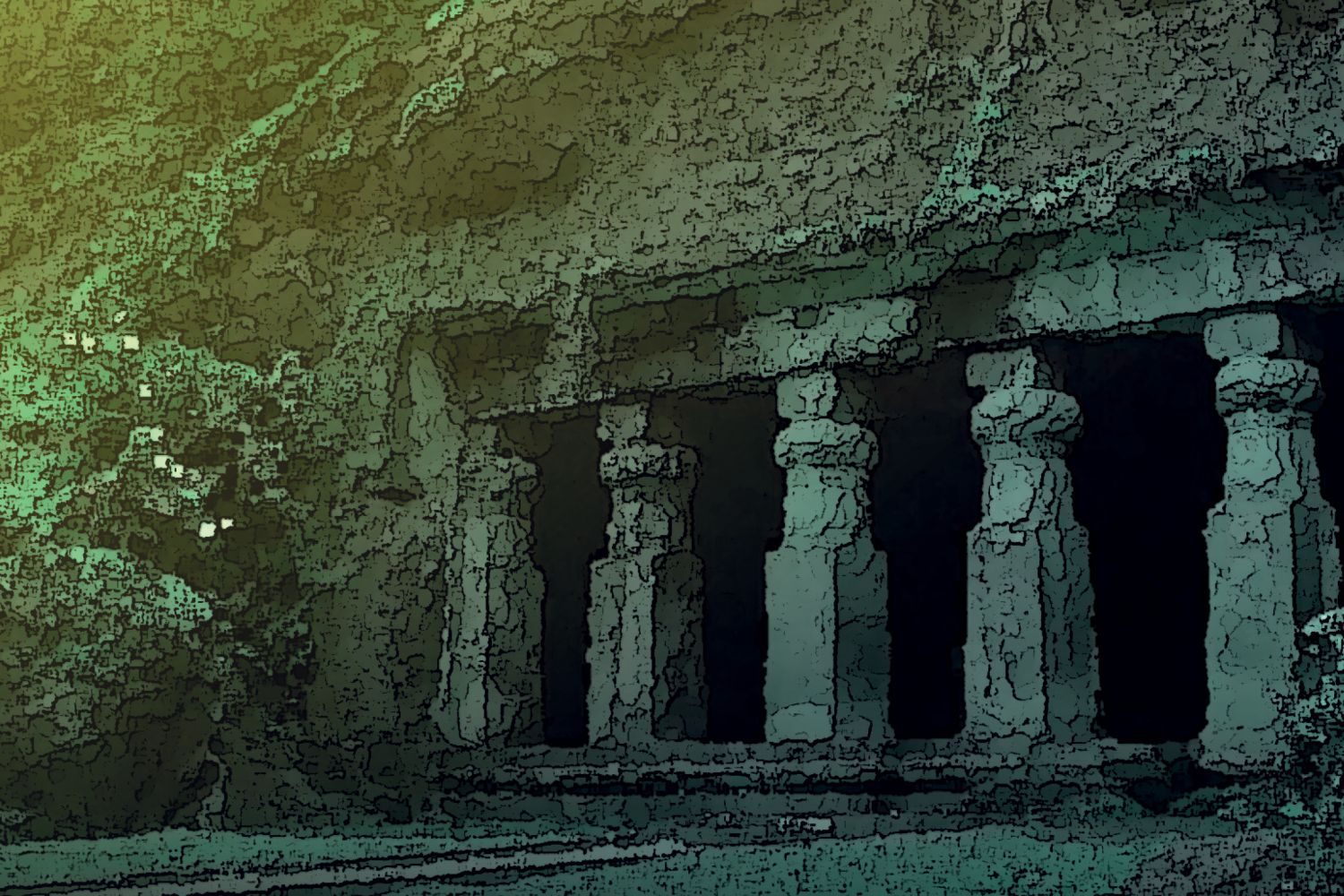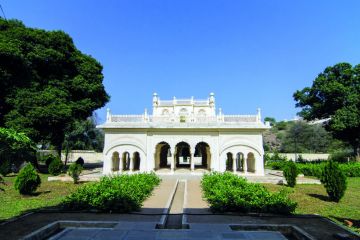
It could be a story straight out of Ripley’s Believe It Or Not. For years on end, Elephanta Island, a UNESCO World Heritage Site that registers 20 lakh footfalls annually, got no more than two-and-a-half hours of power in the night through a Maharashtra Tourism Development Corporation (MTDC) generator. It didn’t have a single doctor on the island, there was no facility for formal education beyond Standard 10 and no crisis management process in place. The island is barely 10 km from India





